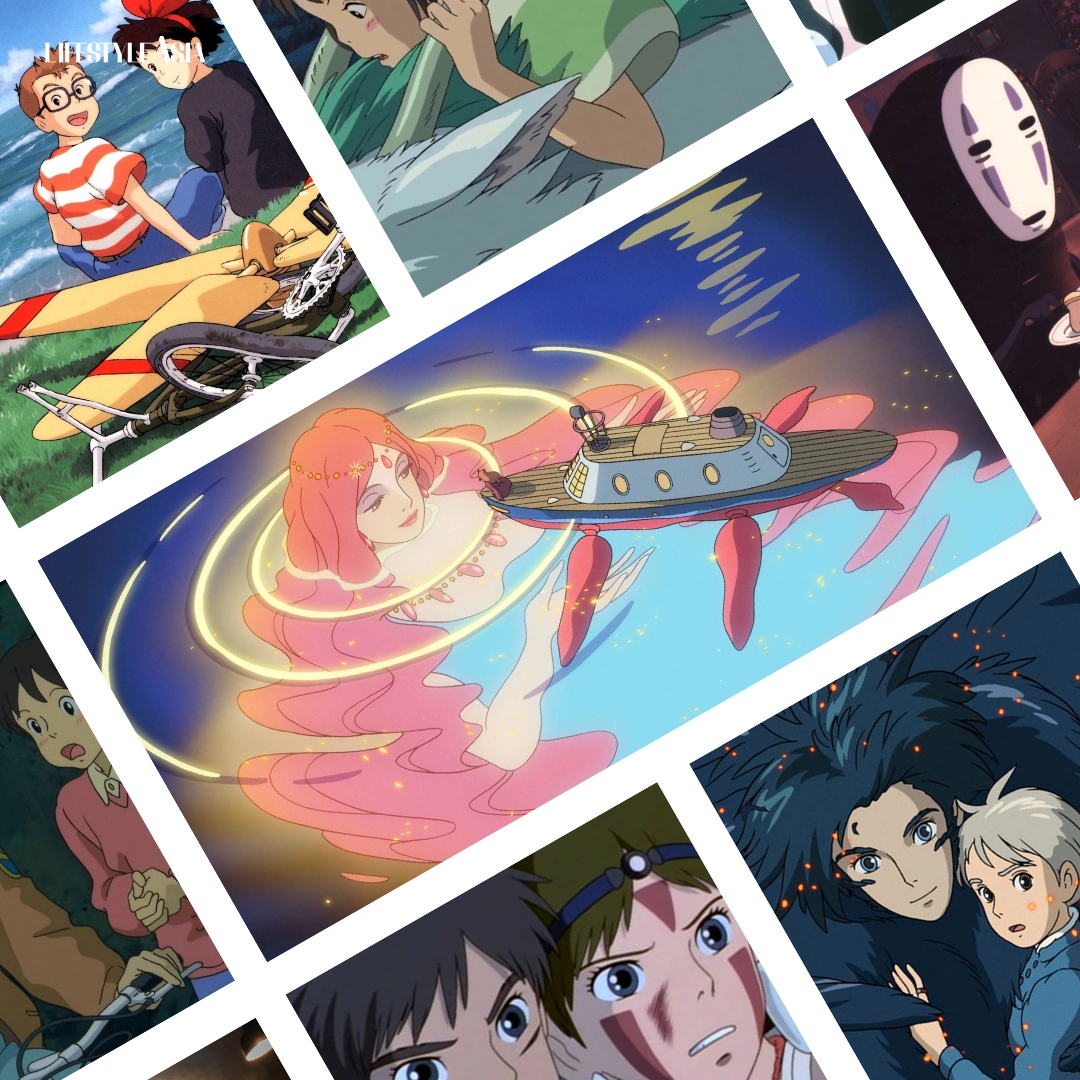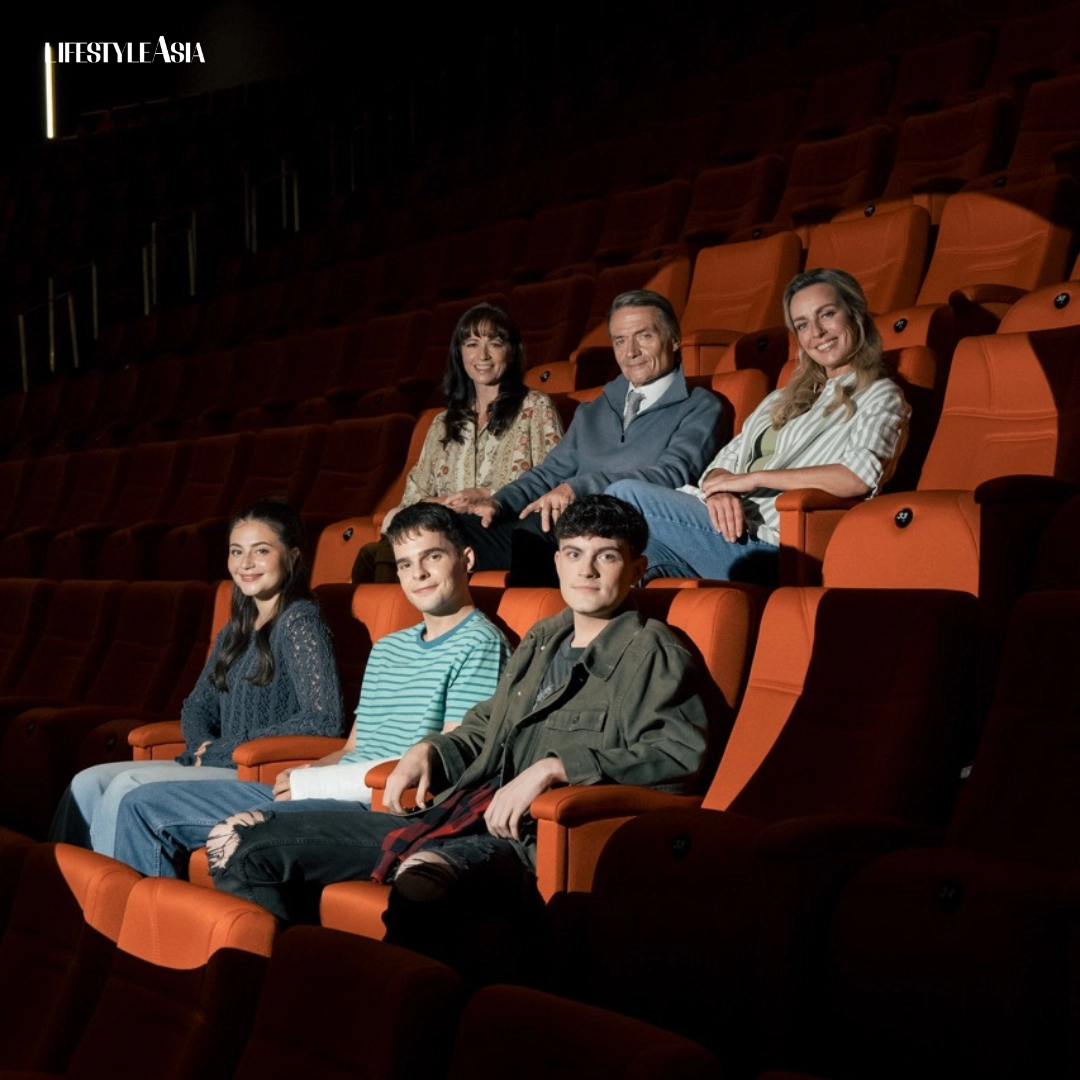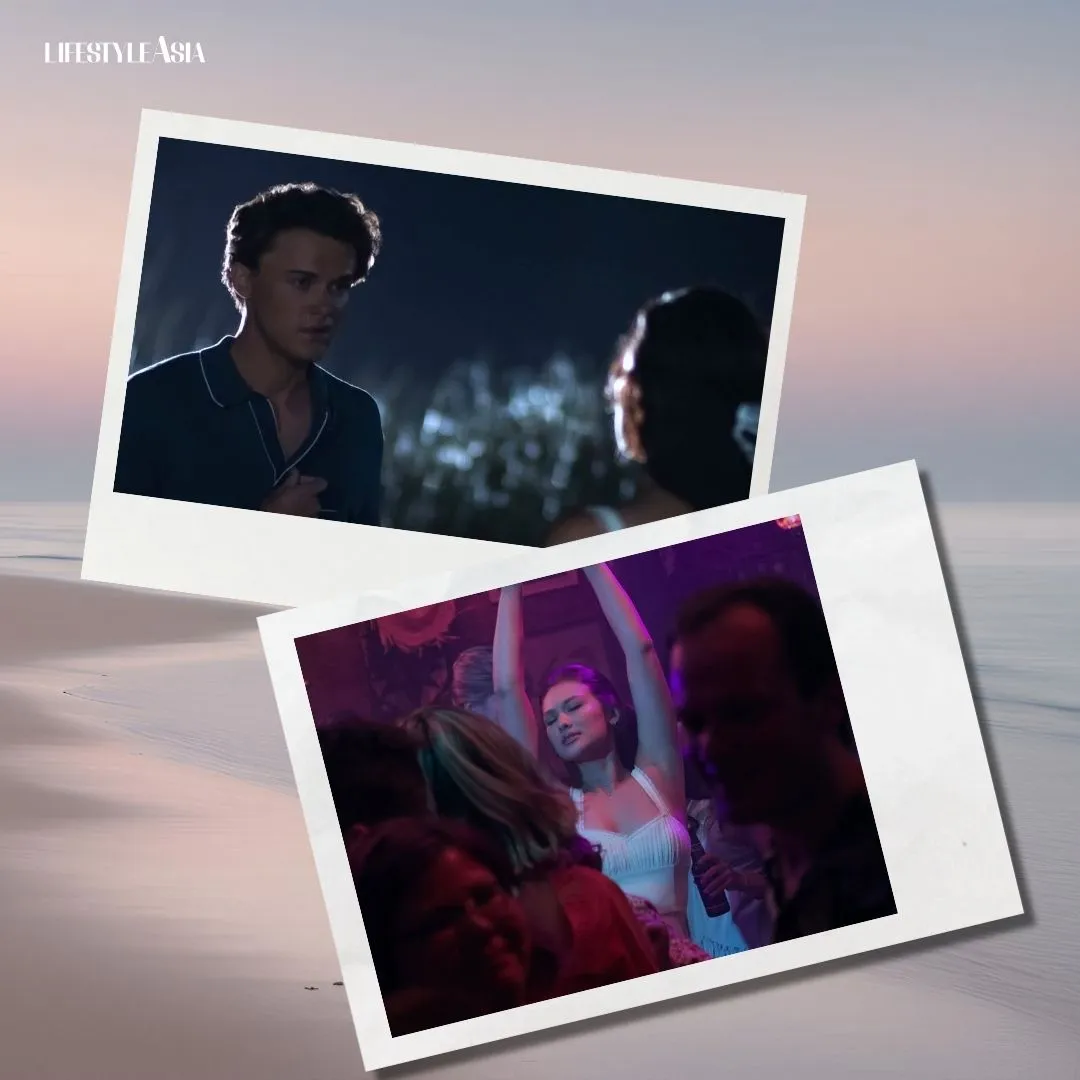Kenna Fojas directs her first short film, “Peach Fuzz,” which ignites her passion for filmmaking as a conduit for self-discovery.
This is an excerpt from Lifestyle Asia’s November 2023 Issue.
Storytelling is at the center of who I am. Whether it’s for one person curled up in my bed or a classroom full of people, it is where my creativity has always found its most rewarding home. As my time at the University of Washington approached its end, I knew I wanted to create a short film that would simultaneously be an academic pinnacle and a professional beginning.

I made it a personal goal to embark on my directorial debut. I made a deal with myself: If I am going to direct, I needed to do it my way. If I didn’t act in a way true to me, then how would I know if directing was for me? Having worked at film festivals, met countless filmmakers, and having produced other students’ short films, I knew that directing a film was a passionate commitment that would consume my life. And most importantly, I needed the right story to throw myself into.
FRUITFUL BEGINNING
I found my story with Kirsten “Kiwi” Smith, an iconic screenwriter who co-wrote Legally Blonde, 10 Things I Hate About You, She’s The Man, as well as creating and producing a Netflix series based on her novel Trinkets. I had met Kiwi at a film festival two years prior. I shed a tear as I looked up to the face of a personal hero. I was overwhelmed. Earlier that year I had come up with a motto “I got into this situation being myself, I’ll get out of this situation being myself.” Despite being awestruck, I was me and Kiwi welcomed all of me.
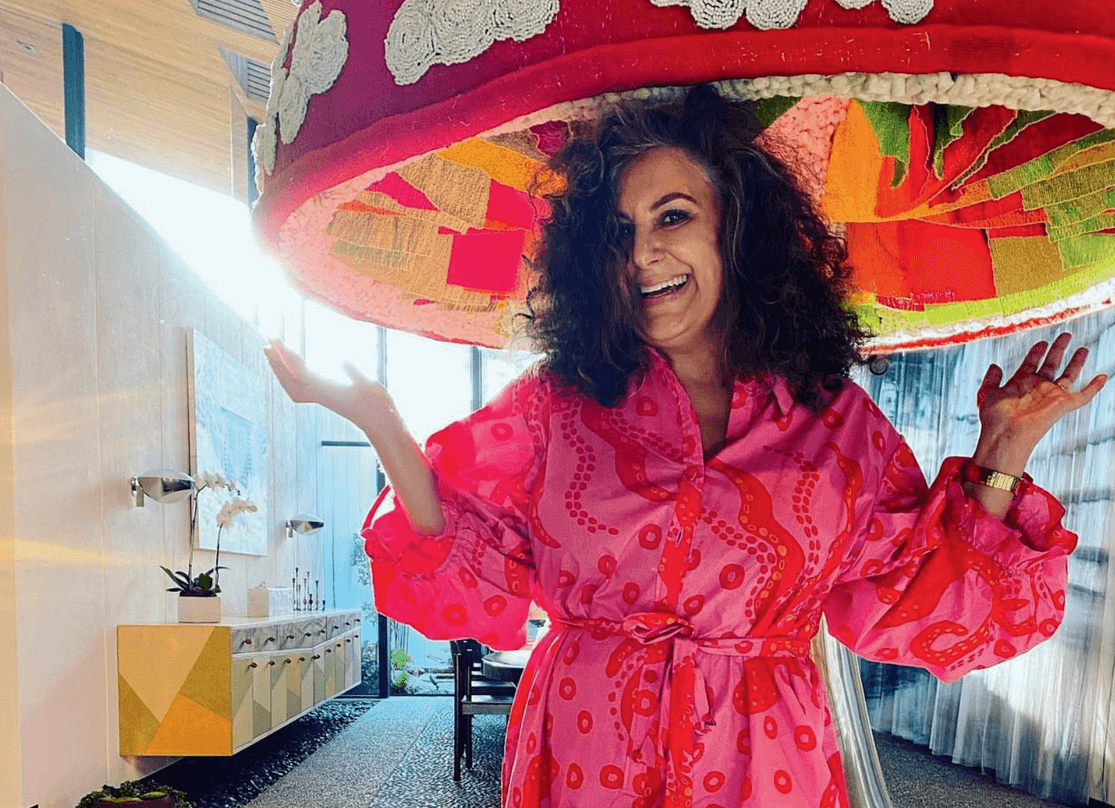
I happened to be in the middle of reading Kiwi’s YA novel, The Geography of Girlhood, when I asked her for help finding the perfect story for my directing mission. In hindsight things seem so clear, but only a genius like Kiwi could have the foresight for such an idea: I would adapt her novel into my short film: Peach Fuzz.

MAKING PEACH FUZZ
As soon as the project was born, my love for telling the story of Penny–a teenage girl growing up outside of Seattle, navigating her relationship with her self-assured, mature older sister and her sister’s beguiling boyfriend–grew and grew. But so did my nerves and insecurity. I started to think about my love and my fears all at once, to the point where I would end up crying while walking to class. Luckily, it rains a lot in Seattle so I may have just looked wet.

With emotion churning inside of me and a million things to do for the film, I knew one thing had to come first. I repeated my motto to myself, “I got into this situation being myself, I’ll get out of this situation being myself.” And I decided the growth of my project depended on me growing my own confidence.
So, I put one foot in front of the other, and began doing what all directors do: make decisions—small and large—and try to not doubt myself afterwards.
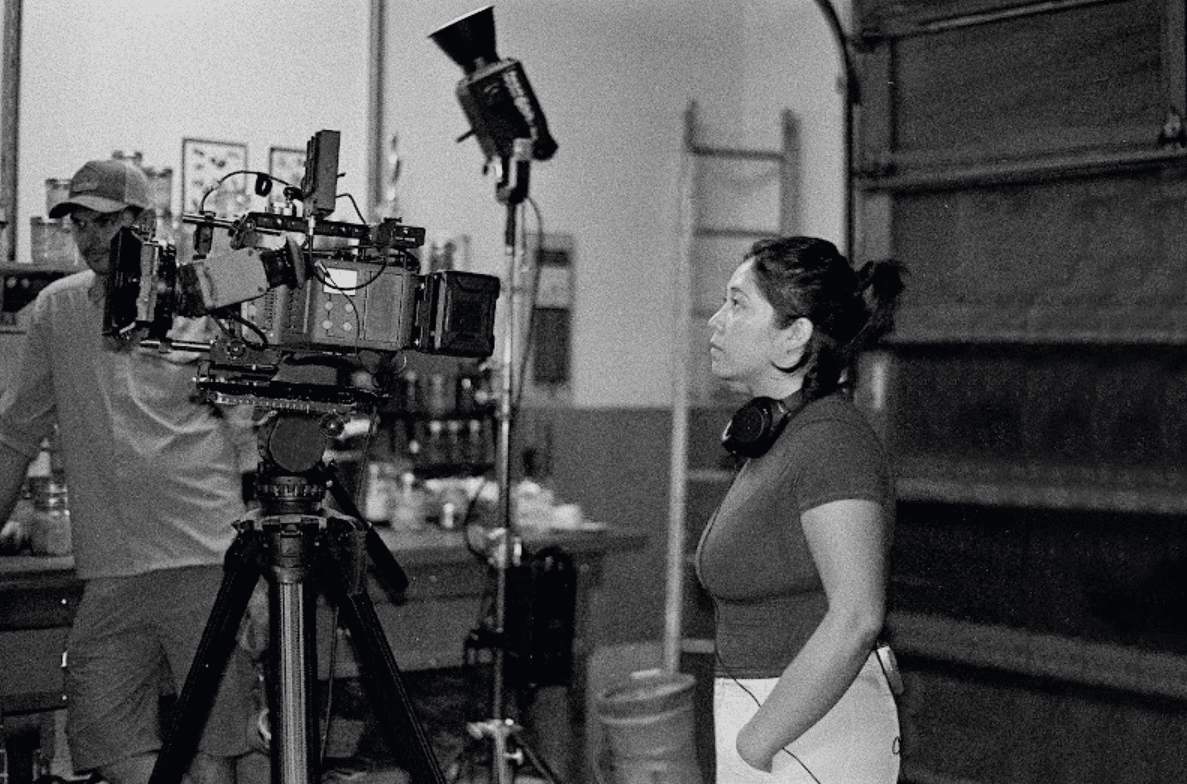
For me, being a filmmaker is a practice of strengthening the self. To adapt Kiwi’s novel to the screen, I instinctively pulled out elements of the novel and deliberated on what they meant to me. Even if that meant digging into myself to find the bits that confused me, qualities in myself I may not love.
In making the film, what was once unloved found its place and found its beauty. Film is dependent on many different elements—performance, sound, light, visual design. Directing each element to tell Penny’s story was exhilarating, as well as, a connecting experience to the crew and—hopefully—the audience.
Read more by purchasing a copy of the Lifestyle Asia November 2023 magazine via SariSari.shopping or select newsstands in National Bookstore and Fully Booked. Subscribe to the E-Magazine via Readly, Magzter, and Press Reader.
Banner photo by Juan Rodriquez.



